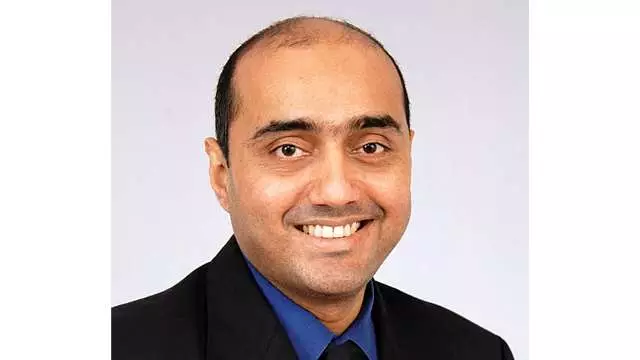Devices ready for pre 5G technology, says Airtel CEO
Gopal Vittal, chief executive officer and managing director, Bharti Airtel (India and South Asia), in an interview with Mansi Taneja, talks about the deployment of this new technology in Airtel's existing network, which will ease congestion besides increasing spectrum efficiency and data speed manifold.

The entry of Reliance Jio, which offers services only 4G platform, might have rattled the telecom market, but that has not deterred the dominant player in the mobile space Bharti Airtel to bring in new technology - Massive MIMO (multiple input multiple output) - for its consumers. Gopal Vittal, chief executive officer and managing director, Bharti Airtel (India and South Asia), in an interview with Mansi Taneja, talks about the deployment of this new technology in Airtel's existing network, which will ease congestion besides increasing spectrum efficiency and data speed manifold.
What kind of additional investments will Massive MIMO entail?
It's still in the lab stage, so it's too early to say. We had earlier announced the Project Leap with Rs 60,000 crore for expansion of networks. Massive investments are happening this year and we are rolling out networks in a big way, so all of this will be a part of that.
How will the deployment of this new technology help Airtel consumers?
Massive MIMO is a new technology, but it's one step before 5G. It's actually 4.5G. On a standard radio equipment, only one beam is formed, allowing a set of users to access networks. With this new technology, the same spectrum can be transmitted into 16 beams, ultimately increasing the throughput and the capacity of the same radio unit. We just need to deploy one hardware device on the top of the tower unit, replacing the earlier two sets of equipment. We have implemented this new technology in Bengaluru with Huawei and in Kolkata with ZTE. For rest of the circles, we are talking to our European vendors. Customers can enjoy faster data speeds on their existing 4G mobile devices without any upgrades or plan change. We are now demonstrating speeds of 600 Mbps (megabits per second) on Massive MIMO and one does not need new devices, they are already ready.
Five years down the line, do you think we will only have high-speed data networks such as 4G and 5G while old technologies including 2G and 3G will fade away?
If you look at markets like Singapore, they still have 2G; they haven't shut it down. It depends on what happens to the mix between feature phones and smartphones. We are likely to see switch-off of 3G networks faster in India than 2G. This is because every 4G device has 3G capability. We are trying to create a ubiquitous 4G layer across the country. So one really does not need 3G, and once VoLTE comes on, then voice also works on 4G; there is no need to fall back on 3G and 2G. But there will be some customers on feature phones, who will continue on 2G.
So it means you are investing mostly into new technologies?
Most of our investment now is going into 4G and 5G. We are not rolling out 2G or 3G networks anymore because we already have 2G coverage in 500,000 villages. We don't need to roll out more 2G networks. Also, most of our radio equipment or the technologies in which we are investing, or wherever we invested for 3G, are ready for 4G through a software switch. Massive MIMO will require certain different equipment and some of the equipment that is already there will go into rural areas. We will keep using these to reduce our overall outlay in terms of capital spending and remove congestion.
You talked about Project Leap with an outlay of Rs 60,000 crore. Are you planning to raise more funds for investment into the expansion of networks?
We are creating a ubiquitous 4G network. We have done a strategic tie-up with Korea's SK Telecom for bringing really best of solutions and building a high-quality network as well as digitising network experience right down to a device level. We will fund it out of our operations. Our debt levels are about 2.5-2.6 debt-to-Ebitda (earnings before interest, tax, depreciation and amortisation), which is in line with most well-run global telecom companies. Whenever there is a need for capital, we will raise it, but our Indian operations generate enough cash for us to continue to invest in what is required.
Some ex